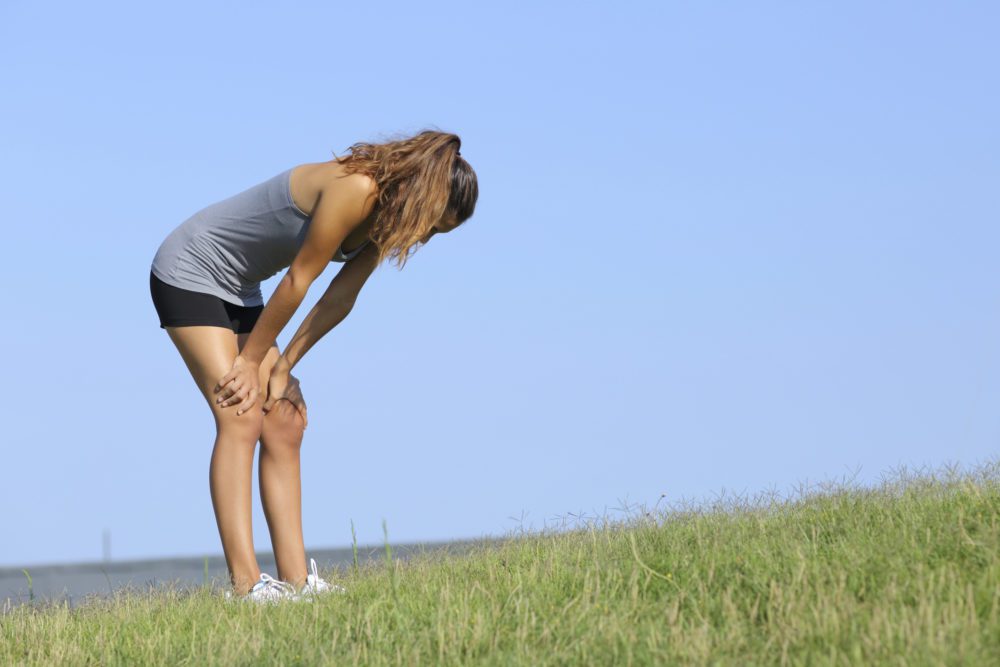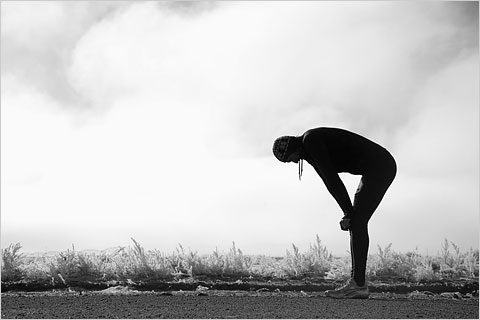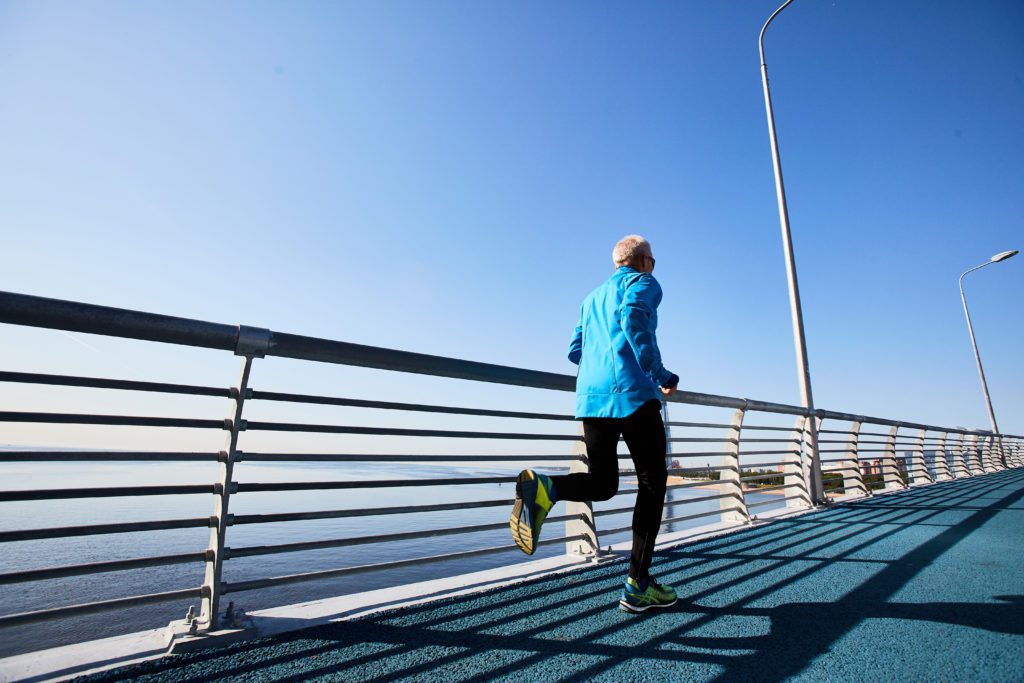Marathon training in summer: just not feeling it?
Some tips for staying motivated when you know you have to train, but you're just not feeling it

Training for a spring marathon through a long winter is tough at the best of times. Seems like it’s never actually daylight when you’re out there, and you have to train yourself just to know whether to wear two layers or three for those long, cold, runs on icy pavement. You’d give anything to run on a nice summer morning in nothing but a tank top and shorts. But suddenly it’s late July, you’re gearing up for a fall marathon (Scotiabank Toronto, or possibly New York), and it’s 35 C in the shade. Staying hydrated is a challenge, and every run feels like you’re dragging yourself through pea soup. What was I thinking, you ask yourself. Training in summer is terrible!
RELATED: How to stay hydrated in the heat and humidity

Krista DuChene says she’s “rarely not feeling it,” but she did struggle with the unexpected humidity at this year’s Boston Marathon, after her stellar third-place finish in the freezing cold and drenching rain in 2018. Her best advice is to tell yourself: “I want this. There’s nothing else I’d rather be doing. Getting through the rough moments now will help me do the same later, around 35K.” We agree.![]()
Reid Coolsaet says: “When it’s really hot, I have to pace myself accordingly, knowing my times will be much slower. As long as the effort is solid and I’m recovering properly, I’m making progress.”

Here are some other tips for keeping yourself motivated when you know you have to train, but you’re just not feeling it:
As much as possible, stick to the plan
Post your training plan on the fridge (or some other prominent place) and cross off each workout, easy run and long run as you do them. That will give you a feeling of accomplishment, even if every run doesn’t feel great. (But also don’t beat yourself up if you can’t finish every single workout.)

Emphasize easy mileage
When heat and humidity are high and you’re still early in your build is not the time to try to bash every run, and then feel bad when you don’t. Slow miles are important for developing a solid aerobic base and achieving good endurance at a lower heartrate. This means doing a significant portion of your weekly mileage considerably slower than most people habitually train. The benefits are you’re building your endurance at a lower heartrate, improving your body’s fat adaptation and lowering your risk of injury.
Take that rest day
Incorporate one regular rest day into your training week. That means one full day off, with no running or cross-training. This is especially important for masters runners, for whom recovery becomes more and more important. No days off may work for the young kids, but significantly increases your risk of injury. (Naps are good, too.)

Change it up
If you’re in a rut, training-wise, experiment with a new route or new music, or cultivate a new running partner. If you normally run on roads, find some trails (and vice versa). If you run alone without music, experiment with running meditation: focus on your out-breaths, counting them from one to 10, then starting again. It’s remarkable how calming this can be, and how it can get you out of the discomfort of running when you’d rather be doing almost anything else.


